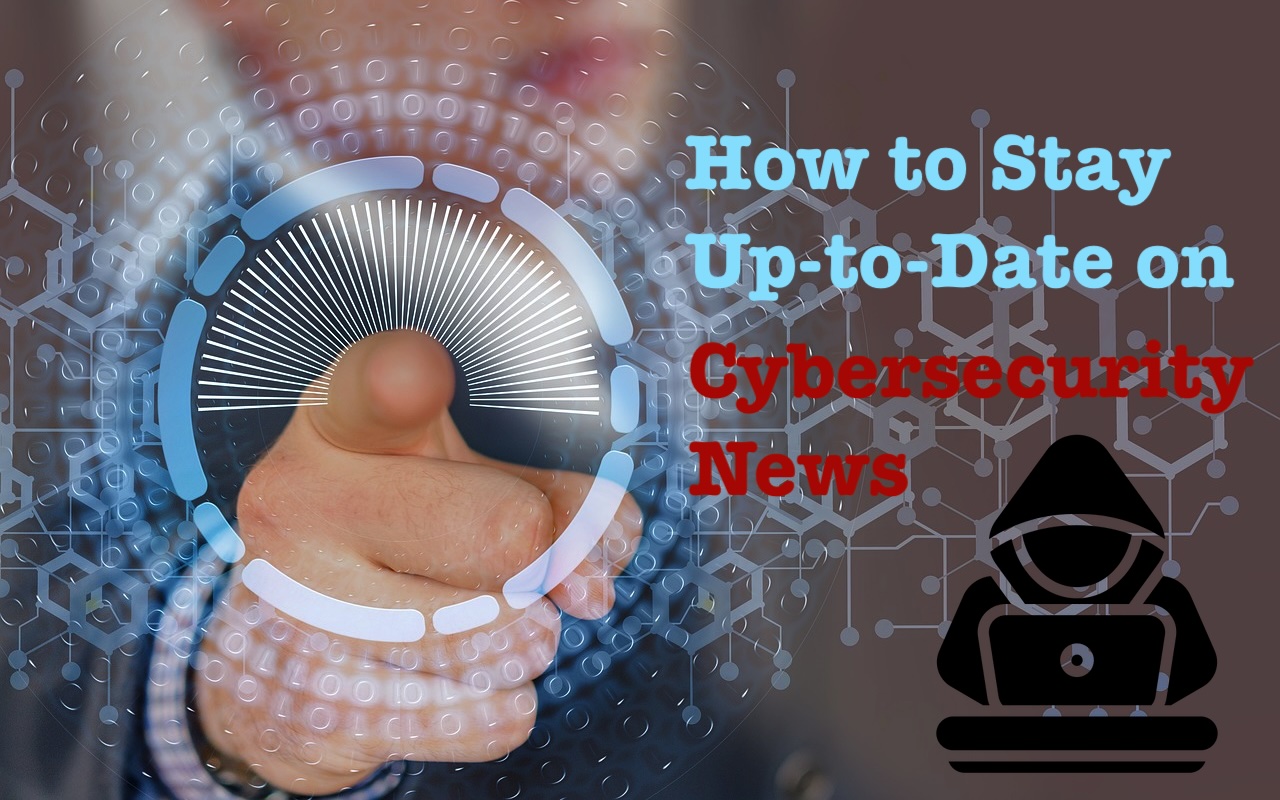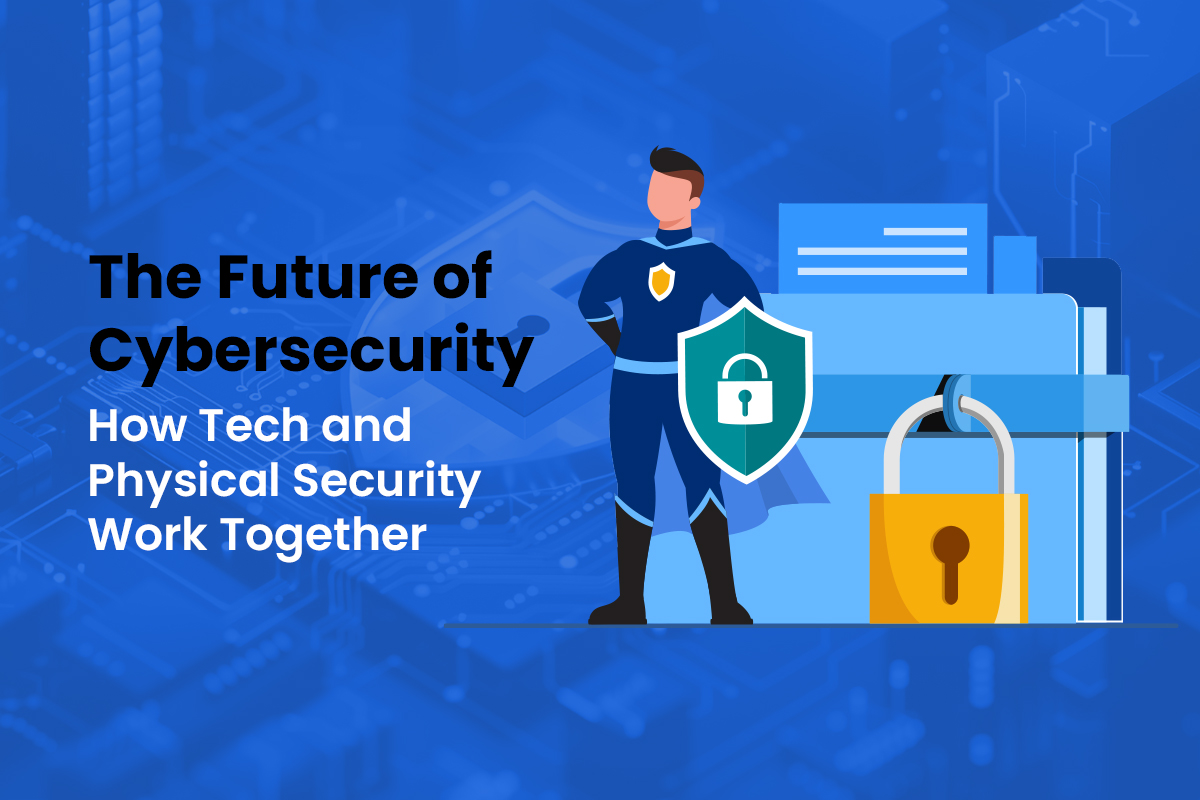
We browse websites and open emails daily without much thought, clicking links and downloading attachments out of habit. However, this type of complacency online allows phishing attacks to thrive. A single lapse in judgment is all it takes to give cyber criminals access to sensitive systems or data - and once inside, attackers can stealthily move laterally through infrastructure to escalate privileges, deliver ransomware payloads, and make off with information assets.









